
813
Tricale hexaploide var. 813
813 is one of the most utilized triticale's in the Midwest. 813 is awnletted and has a superior disease package that works well for both grazing and chopping. 813 is consistently at the top of the lis...
- Growing Region: Midwest
- Blooms:
- Life Form: Grass
- Application Type: Wheat
- Height: 4+ ft
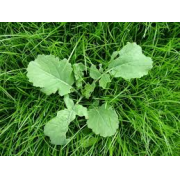
African Cabbage
Brassica carinata
Ethiopean cabbage is a brassica with a hard erect central stem that remains upright during the winter. It provides control of several parasitic nematodes, and is excellent at trapping snow in the wint...
- Growing Region: Southeast, Midwest
- Blooms:
- Life Form: Forb
- Application Type: Cover Crop
- Height: 1-2 ft
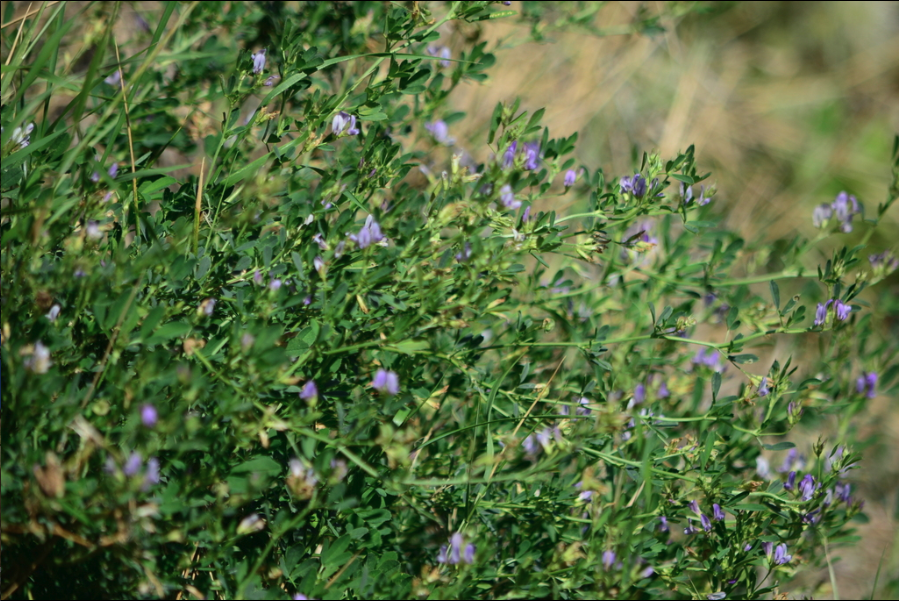
Alfalfa
Medicago sativa
Potentially long-lived nitrogen-fixing perennial legume with a significant taproot and purple flowers. Adapted to fertile, deep, well-drained soils. Intolerant of poor drainage, high water tables and...
- Growing Region: Midwest
- Blooms: Summer, Spring, Fall
- Life Form: Legume
- Application Type: Cover Crop
- Height: 1-3 ft
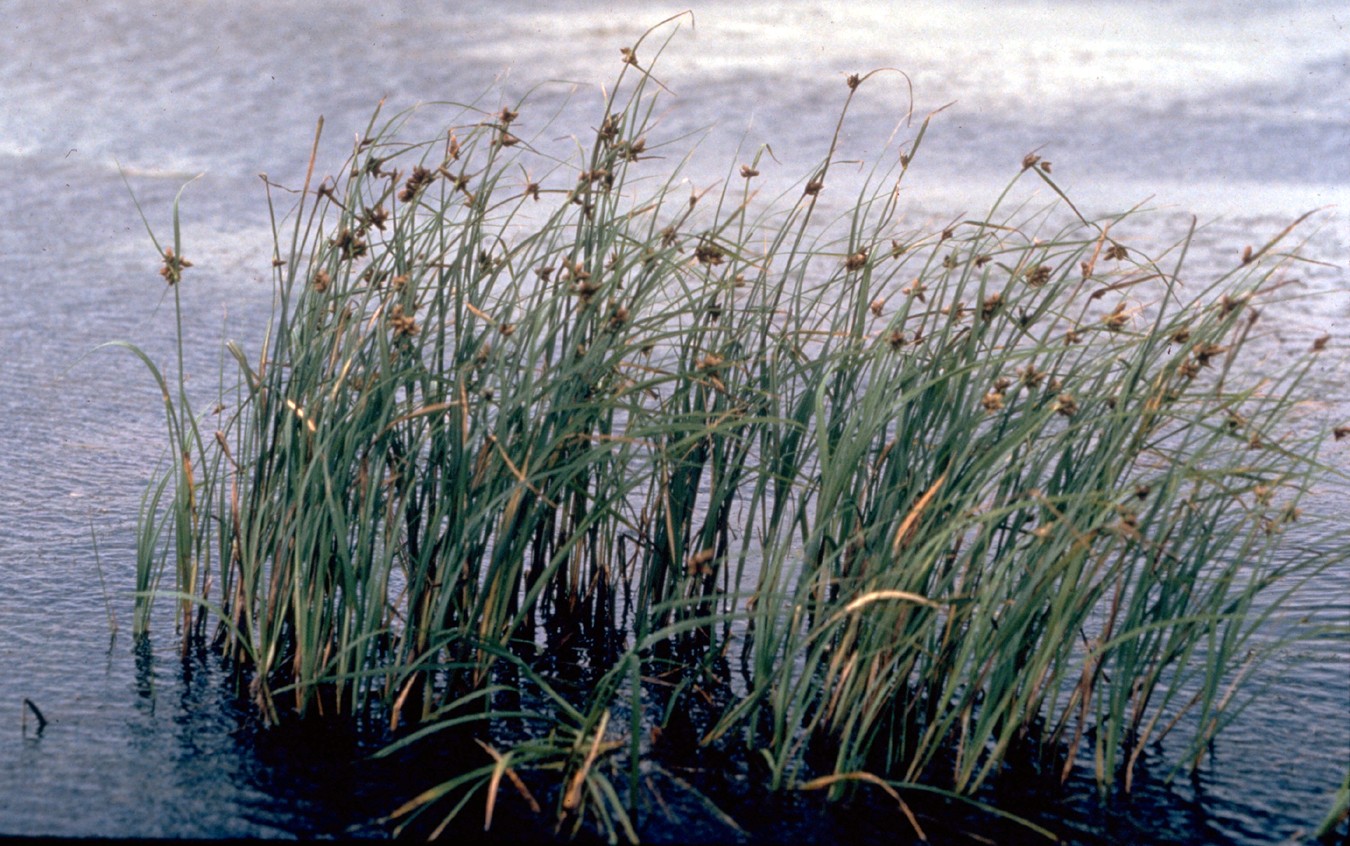
Alkali bulrush
Schoenoplectus maritimus
Cool season, stout, rhizomatous, native, grass-like perennial occurring in wet alkaline or saline soils in meadows, marshes or near waterways. Valuable for providing cover for waterfowl and shore bird...
- Growing Region: Pacific Northwest, California, Intermountain West, North America, Midwest, Southwest
- Blooms:
- Life Form: Grasslike
- Application Type: Land Reclamation, Habitat Restoration
- Height: 1-3 ft
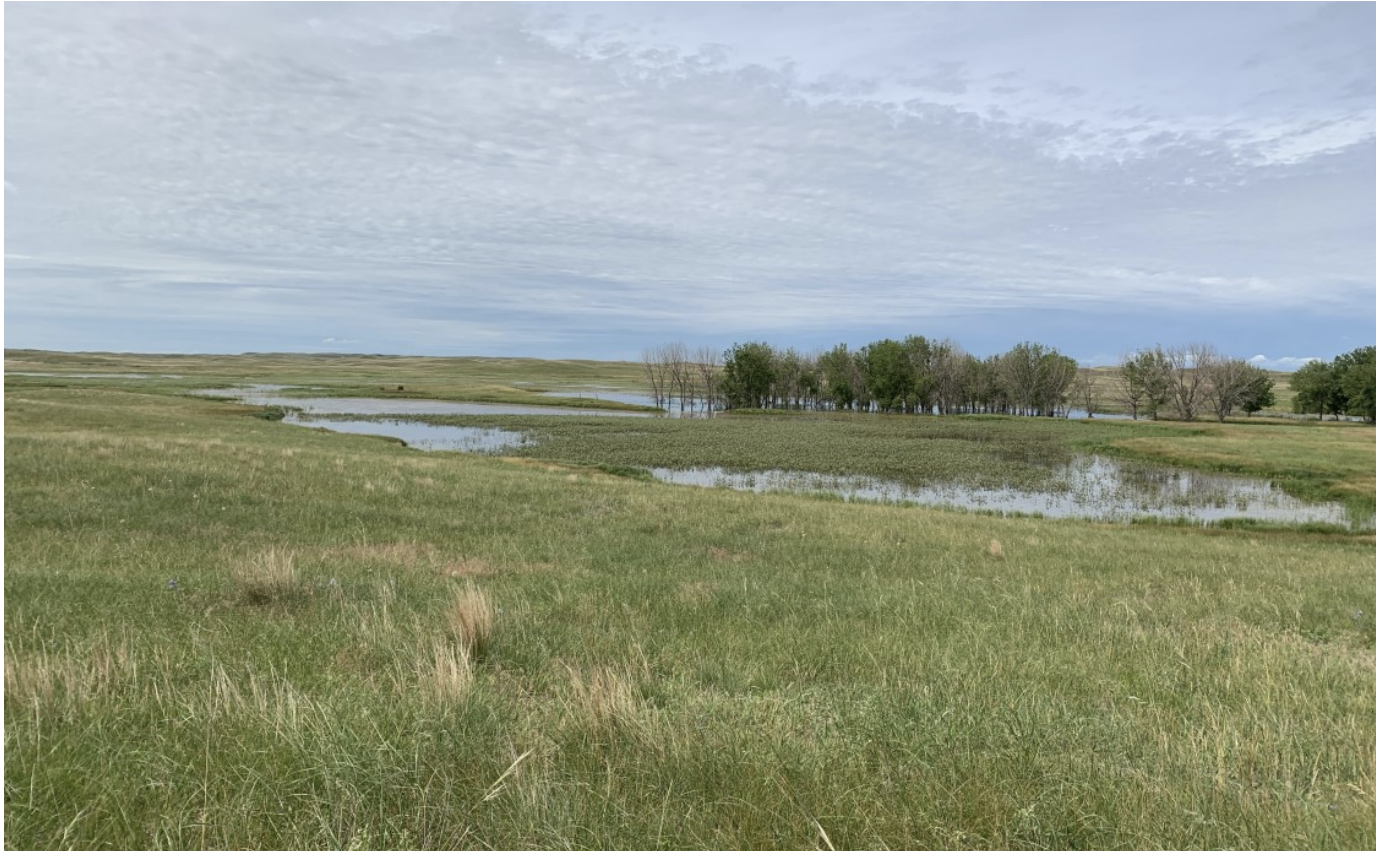
All Star FACW Wetland Mix
Conservation Blend
All-Star FACW Wetland Mix is a comprehensive mixture of sedges, rushes, wildflowers and grasses formulated to withstand wet to saturated soils. The species are adapted for the Great Plains and Midwest...
- Growing Region: Midwest
- Blooms: Spring, Summer, Fall
- Life Form: Grass, Grasslike
- Application Type: Land Reclamation, Habitat Restoration
- Height: 4+ ft
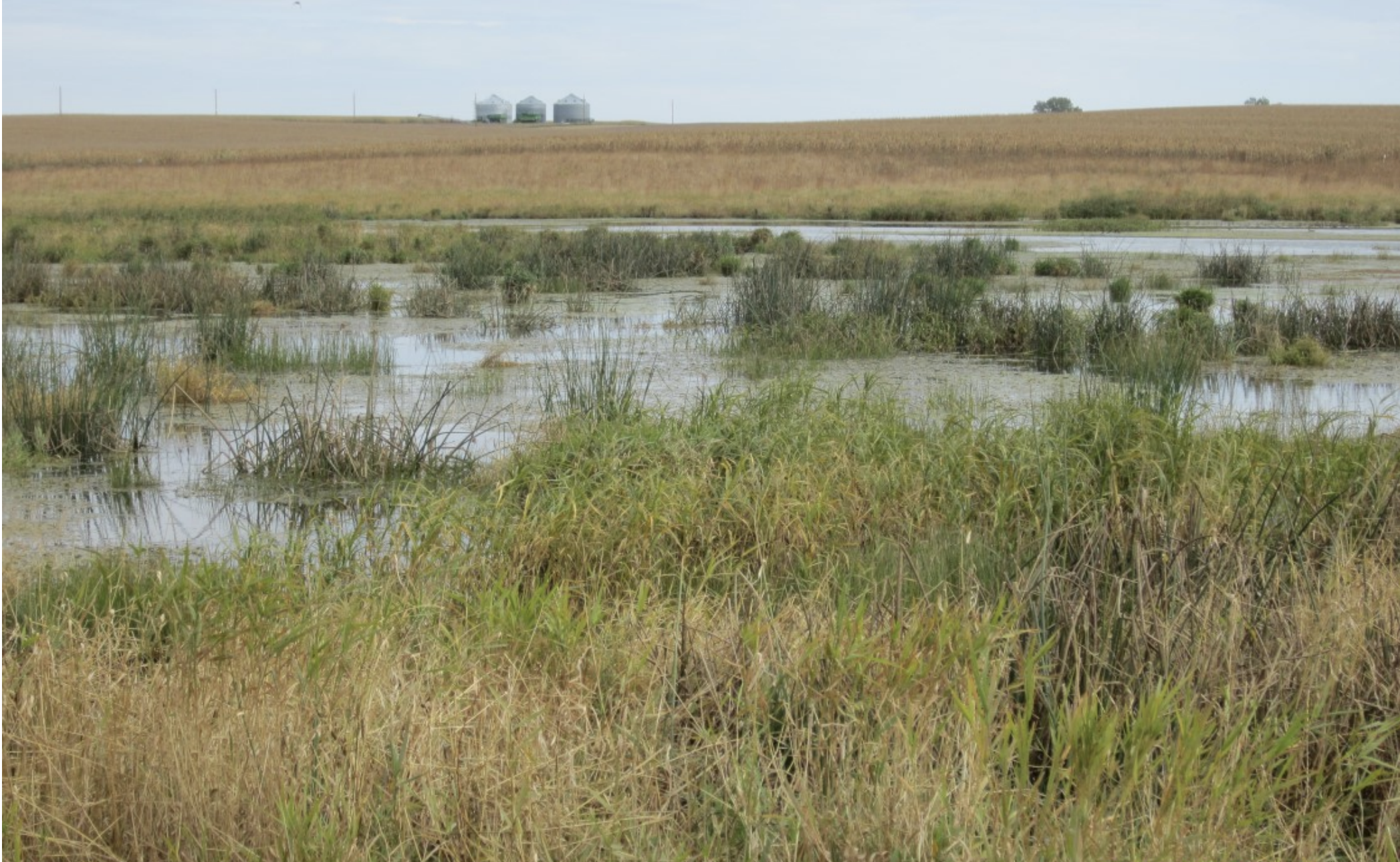
All Star OBGL Wetland Mix
Conservation Blend
All-Star OBL Wetland Mix is a comprehensive mixture of sedges, rushes, wildflowers and grasses formulated to withstand saturated to standing water areas. The species are adapted for the Great Plains a...
- Growing Region: Midwest
- Blooms: Fall, Spring, Summer
- Life Form: Grass, Grasslike
- Application Type: Land Reclamation, Habitat Restoration
- Height: 4+ ft
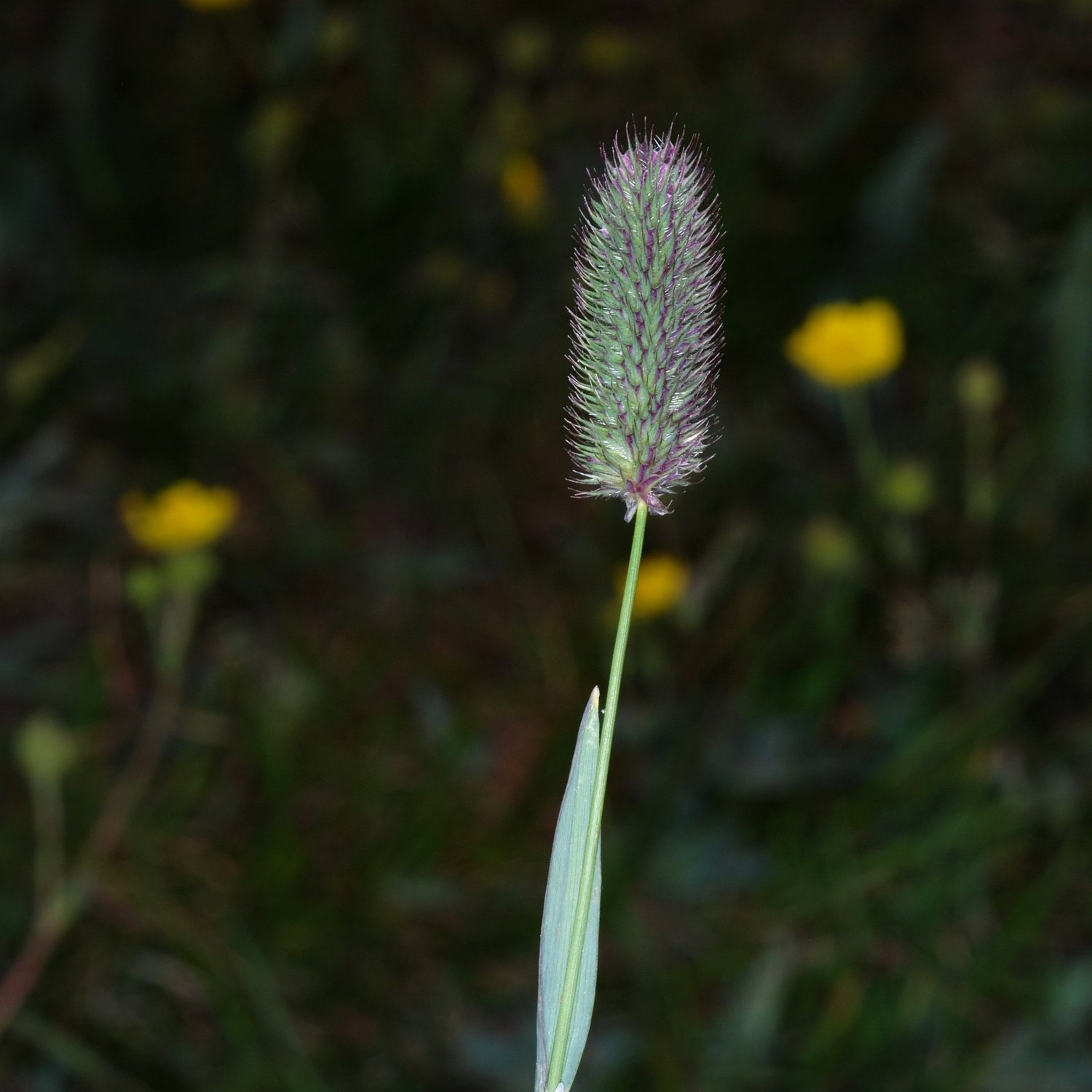
Alpine timothy
Phleum alpinum
Short, Cool season, perennial native bunchgrass sometimes forming a sod. Occurs at high elevations in northern latitudes from 4,000-12,500 ft. Prefers mountain meadows, bogs and streambanks in well-dr...
- Growing Region: Southeast, Midwest
- Blooms:
- Life Form: Grass
- Application Type: Erosion Control, Land Reclamation, Habitat Restoration
- Height: 1-2 ft
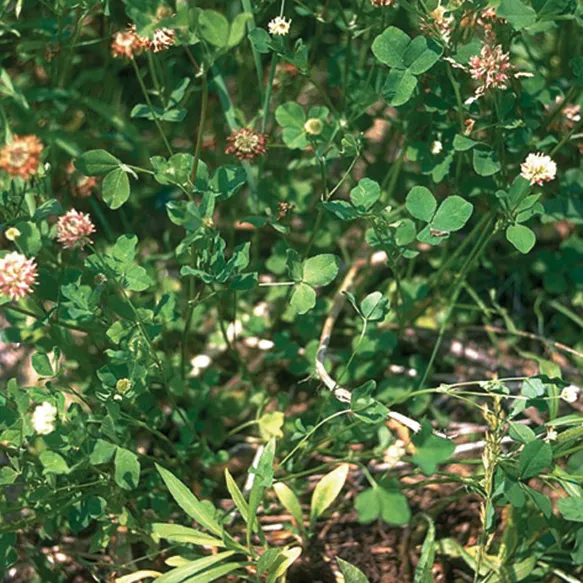
Alsike clover
Trifolium hybridum
Alsike clover is a short lived perennial or biennial native to Europe but now widely distributed throughout the United States. This legume is tolerant of adverse soils and has many potential uses. Cau...
- Growing Region: Midwest, Intermountain West, Southeast, Southwest, Pacific Northwest
- Blooms: Spring, Summer, Fall
- Life Form: Legume
- Application Type: Cover Crop
- Height: 1-4 ft

Alumroot
Heuchera richardsonii
Although never abundant, Richardson's Alumroot has been found in almost every county in North Dakota. The species range well into the low Arctic, but do not occur much farther South than Missouri.The...
- Growing Region: Midwest
- Blooms: Summer
- Life Form: Forb
- Application Type: Land Reclamation, Habitat Restoration
- Height: 1-2 ft
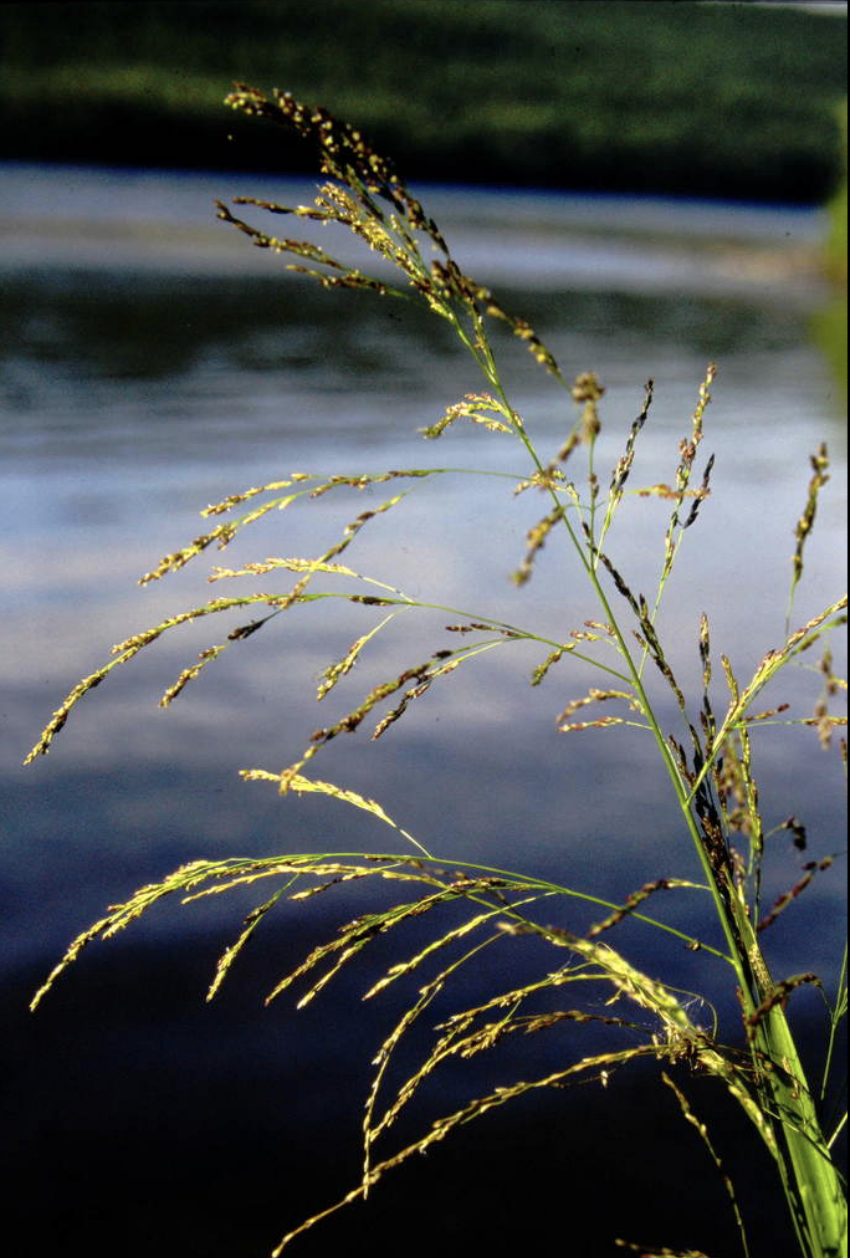
American mannagrass
Glyceria grandis
Cool season, rhizomatous, native perennial that occurs in wetlands, streambanks, marshes and ditches. Requires wet to moist soils; withstands periods of submersion. Grows rapidly. Important wetland fo...
- Growing Region: Pacific Northwest, Southeast
- Blooms:
- Life Form: Grass
- Application Type: Land Reclamation, Habitat Restoration
- Height: 1-3 ft
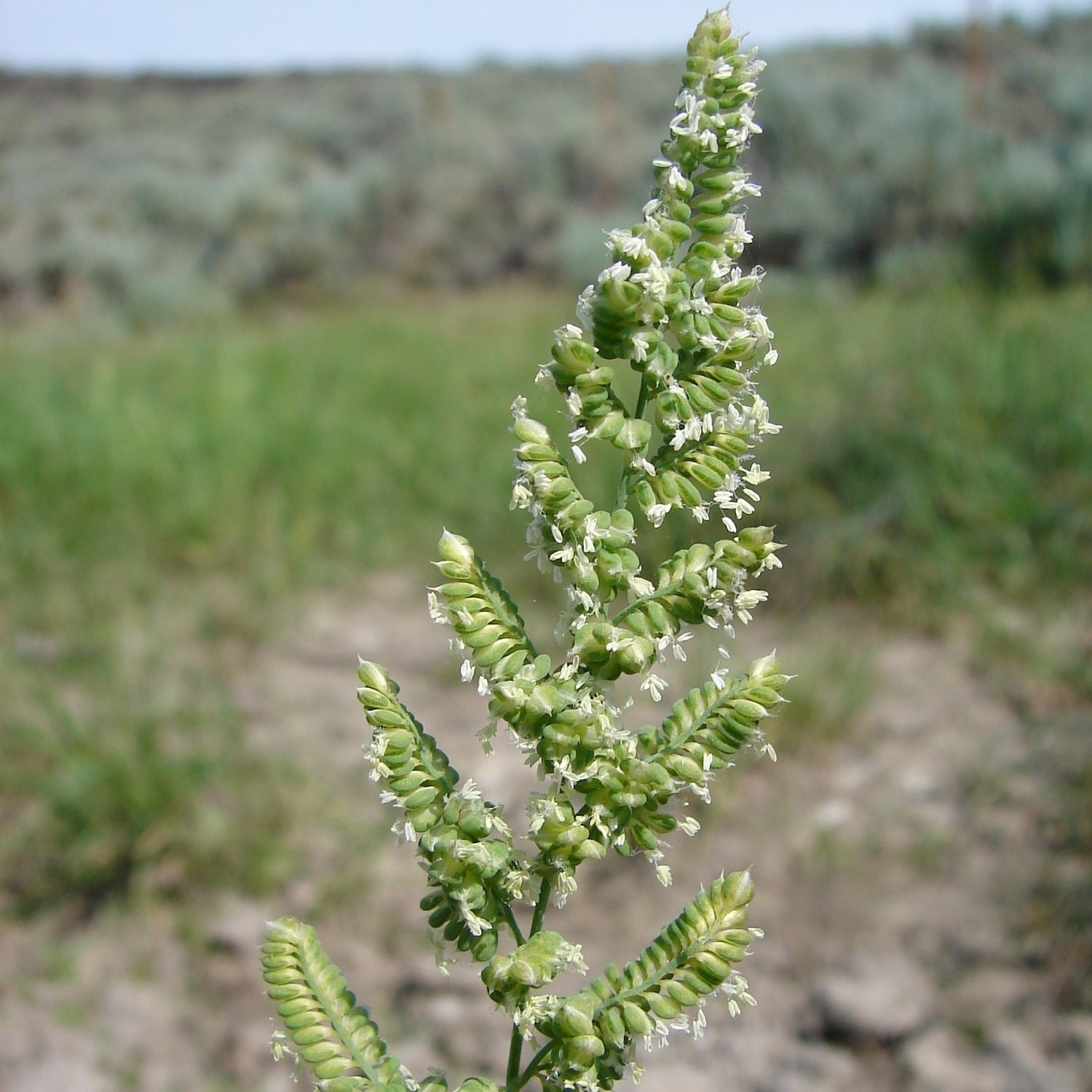
American sloughgrass
Beckmannia syzigachne
Cool season, robust annual or short-lived perennial that may develop short rhizomes. Commonly occurs on wet sites such as ponds, swamps, ditch banks, shallow marshes and sloughs. Prefers clay soils; t...
- Growing Region: Midwest, Intermountain West, Pacific Northwest
- Blooms:
- Life Form: Grass
- Application Type: Land Reclamation, Erosion Control, Habitat Restoration, Forage and Pasture
- Height: 1-3 ft
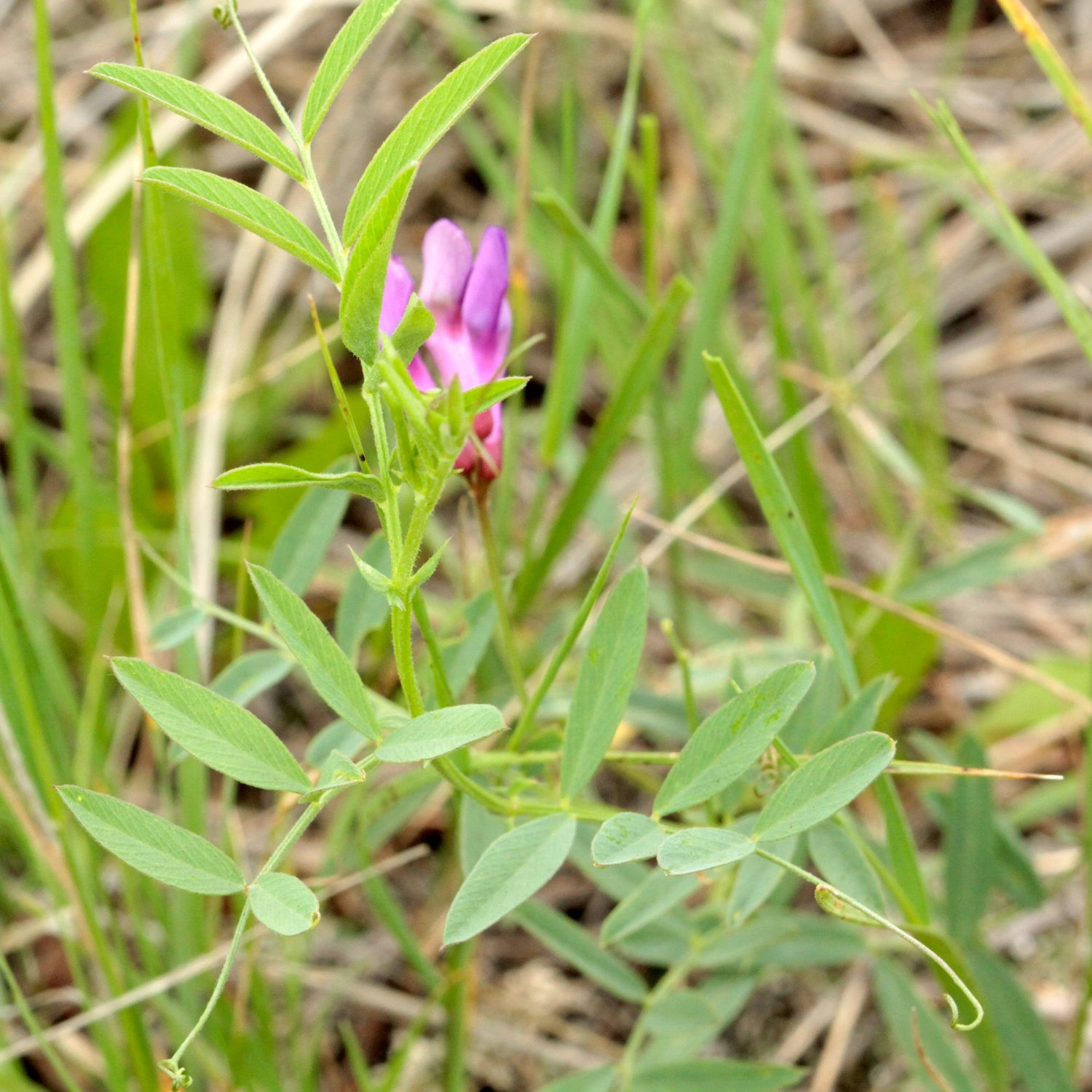
American vetch
Vicia americana
Moderate water requirements, full sun to partial shade. Bluish-purple flowers bloom April through July. Excellent palatability for wildlife and all classes of livestock. Native rhizomatous climbing pe...
- Growing Region: Midwest, Pacific Northwest
- Blooms: Spring, Summer
- Life Form: Forb
- Application Type: Land Reclamation
- Height: 0-1 ft
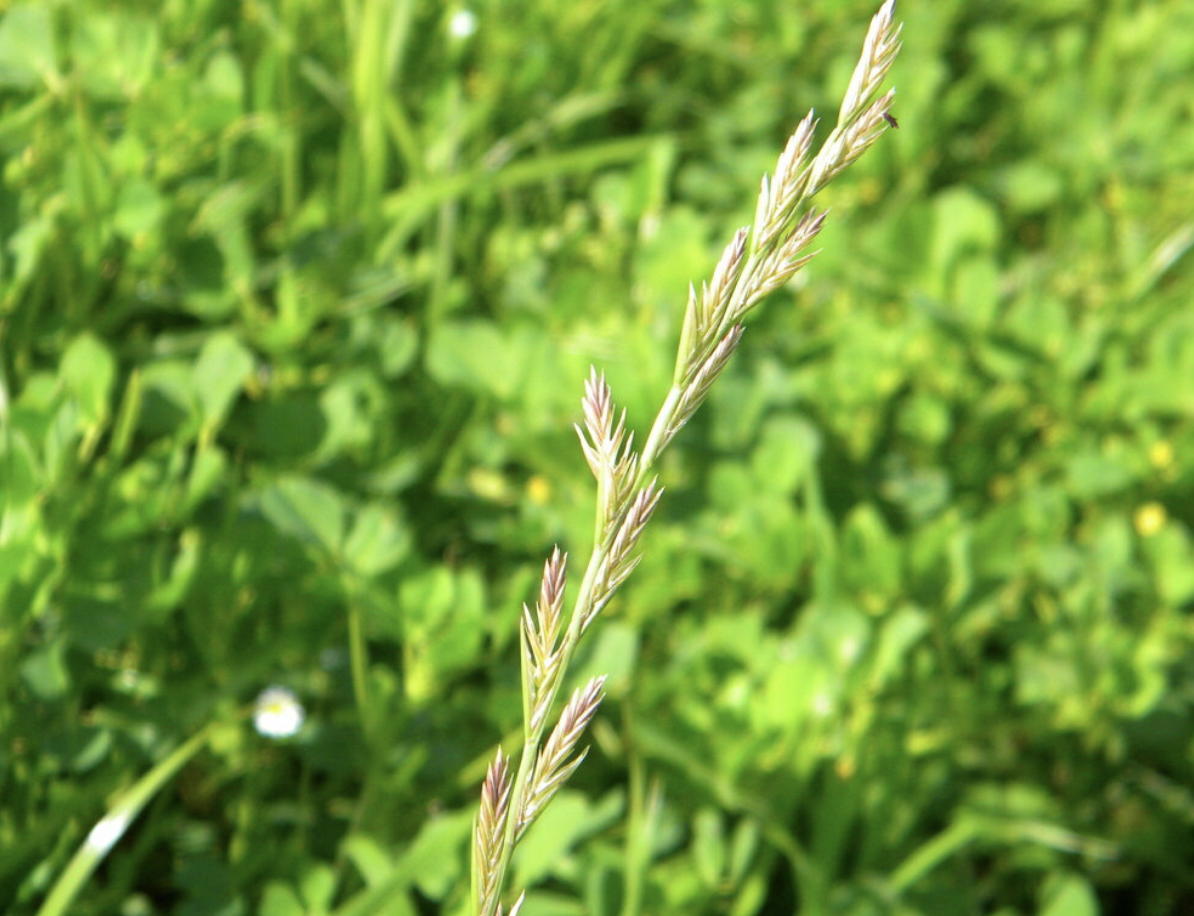
Annual ryegrass
Lolium perenne ssp. multiflorum
Annual Ryegrass is an introduced, cool season bunchgrass and is commonly used alone for establishing quick cover for many applications. This versatile, very fast establishing grass is highly adaptable...
- Growing Region: Midwest, Intermountain West, Southeast, California, Pacific Northwest
- Blooms:
- Life Form: Grass
- Application Type: Land Reclamation, Erosion Control, Commercial Beautification, Turf, Cover Crop, Forage and Pasture
- Height: 1-3 ft
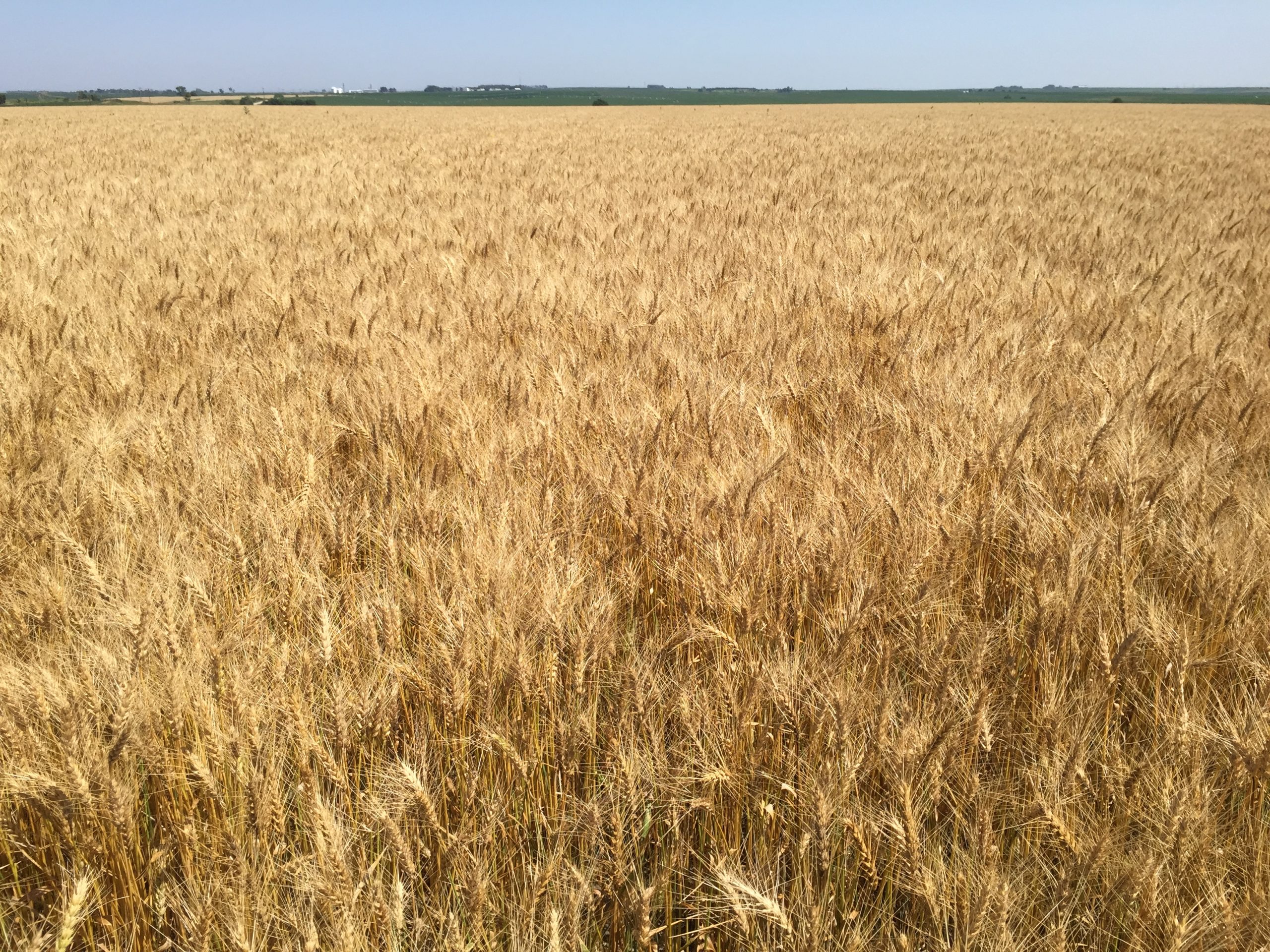
AP 18 AX
n/a
Excellent Yields, Wide AdaptationSemi-dwarf, Medium height, medium early maturing variety with high test weight for South Central Nebraska and South Central Kansas. Good for continuous wheat, Row Crop...
- Growing Region: Midwest
- Blooms:
- Life Form: Grass
- Application Type: Agriculture, Small Grains, Wheat
- Height: 1-4 ft
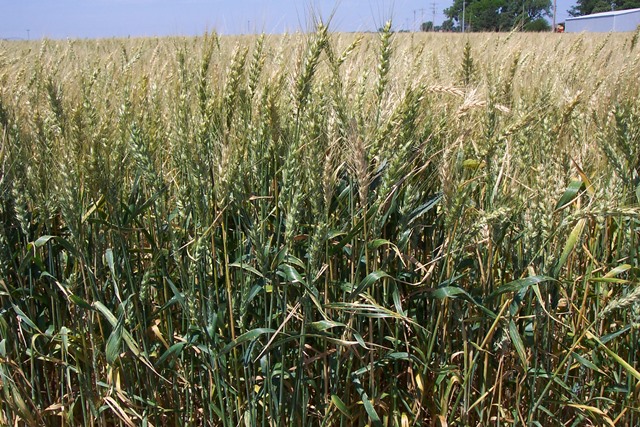
AP Bigfoot
n/a
Leader in Yield Potential! This AgriPro variety has strong yield data and test weights across the Central plains and has superior performance in dryland systems. Great choice if planting late after...
- Growing Region: Midwest
- Blooms:
- Life Form: Grass
- Application Type: Agriculture, Small Grains, Wheat
- Height: 1-2 ft